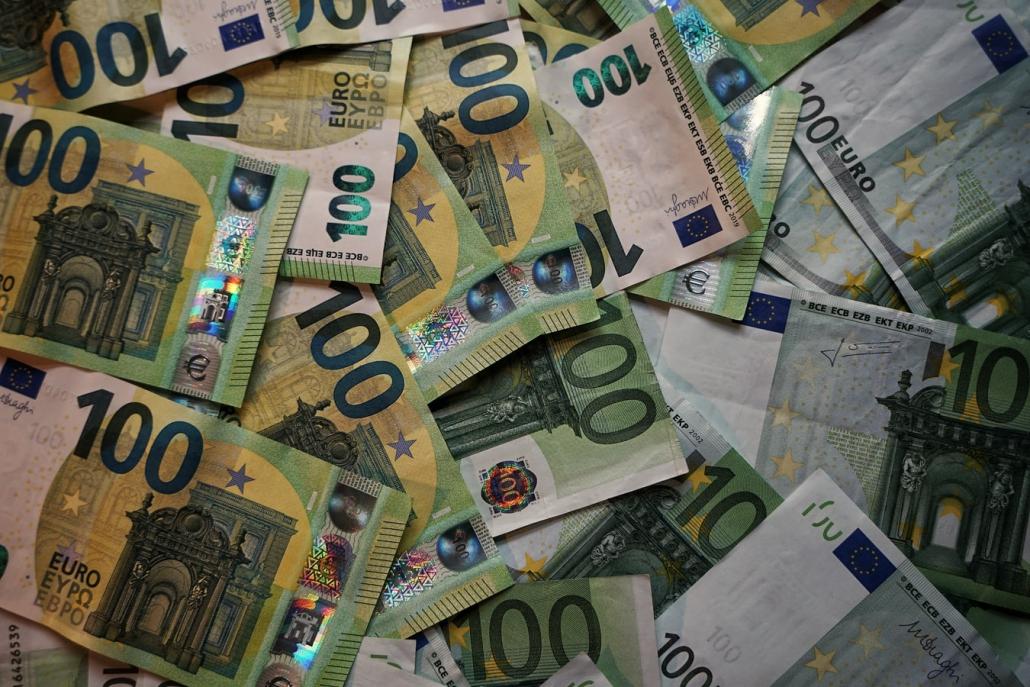2 April 2020: An Update on EUR, GBP, NOK Valuations
- Published: 02/04/2020
- |

Oil prices crashed, COVID-19 is causing a shock across economies, and to strain matters further, many banks are stepping away from market making activities in order to use their risk capital where it’s most needed: the corporate sector. As you will have noticed, FX volatility is up!
As Europe became the epicentre of COVID-19, European currencies like the euro, sterling, and the Norwegian krone were no exception, as investors rapidly tried to price in a global recession in the space of just a couple weeks. This caused record movements in global asset and FX markets. Below is an interim take on euro, pound, and krone valuations as of the 2nd of April, 2020.
EUR:
Euro appears to be the most undervalued currency in the G10 universe according to the Purchasing Power Parity metric of OECD. EUR’s undervaluation versus CHF, USD and JPY exceeds 20%. On the other hand it has come closer to fair value against NOK, CAD, and GBP following their recent negative price action (Figure 1 and 2 below). Lower nominal yields and a structurally weak growth outlook were likely among reasons why it was undervalued on this fundamental metric previously. A confluence of additional factors has likely added to the headwinds—especially against safe haven currencies. These factors include the Euro Area economies’ higher sensitivity to global trade—which is now becoming a headache in the face of a global recession—as well as concerns around the sustainability of the currency union. Other G10 policymakers are headed toward increased fiscal-monetary coordination, widening the scope for the policy response to the crisis. In the Eurozone however, debt monetization, which is the ultimate policy backstop, would require constitutional revisions, and in particular a referendum in Germany. However, if we step away from PPP, our in-house BEER valuation model (Record Fair Value or RFV) puts the euro closer to fair value against most of the G10 currencies. The main reason for this divergence is lower real yields. Recent rate cuts across the G10 and impact on longer-term bond yields are not yet included in the model input, however. Incorporation of this data will offer the chance for better estimates once the bond yields have stabilised.


GBP:
Sterling remains undervalued against a basket of G10 currencies. We consider 20% to represent excessive misevaluation, and on this basis only CHF qualifies as substantially overvalued against GBP. Sterling’s valuation versus Euro likely remains not attractive enough to trigger short-term speculative positions, and its undervaluation versus USD (between 12-16% on fair value metrics) is unlikely to be the driver of cable price action in the short-term. The UK’s weak external fundamentals – a current account deficit and a negative net international investment position – might amplify any risk-off trend. The uncertain nature of Brexit negotiations is likely further adding to illiquidity – and causing price gyrations – as it adds tail risk scenarios to this outlook which are often difficult to quantify and causing investors to remain on the side-lines. In this case our RFV model is consistent with the PPP signal for the G10 universe and against the US dollar, suggesting moderate undervaluation.


NOK:
Recent negative price action in the Norwegian krone seems to have pushed the currency to near fair value against a basket of G10 currencies according to PPP. This is especially true against SEK and GBP, its main trading partners. Norway was strongly exposed to the oil price, and so current macroeconomic conditions have been a double whammy there. Hence instead of relying on the current RFV model estimates, which are lagged due to economic data releases, we’ve used a scenario analysis by assuming that oil prices stay around current levels throughout 2020 (Brent oil around 25.6 USD per barrel) and calibrating the terms of trade and gross domestic product per capita variables to take this oil shock into account. This has the benefit of more accurate estimations in real-time, though it does require assuming a homogeneous future shock to other G10 economies from the COVID-19 recession, which is unlikely to be the case. However, we judge the trade-off to speak in favour of using this method given the outsized impact on the Norwegian economy. This analysis indicates a ~14% deterioration in the fair value of the Norwegian krone in the past weeks. Having adjusted for this shock, the krone still appears to be undervalued against G10 currencies, likely reflecting an overshoot due to constrained FX liquidity. Yet now the undervaluation is smaller, at around 6.7%.


We expect a rapid development of the pandemic, policy responses, and economic and financial market implications. We recommend following advancements in the debt mutualisation discussions in the Euro Area for insight into the fortunes of the common currency. Brexit developments and FX market stress will likely be the determinants of sterling’s medium-term direction. For the krone, the course of the oil prices is the usual suspect to watch while the increased Norges Bank activity in the FX markets, both through FX interventions and the communication of further interventions to come, may suggest a non-normal distribution of outcomes from this point on. Bearing in mind that Norway is the G10 economy with the highest net international investment position % of GDP ratio and given the sheer size of its oil fund, Norwegian policymakers likely have the means. Whether they’re willing to exercise this is a different question, however.